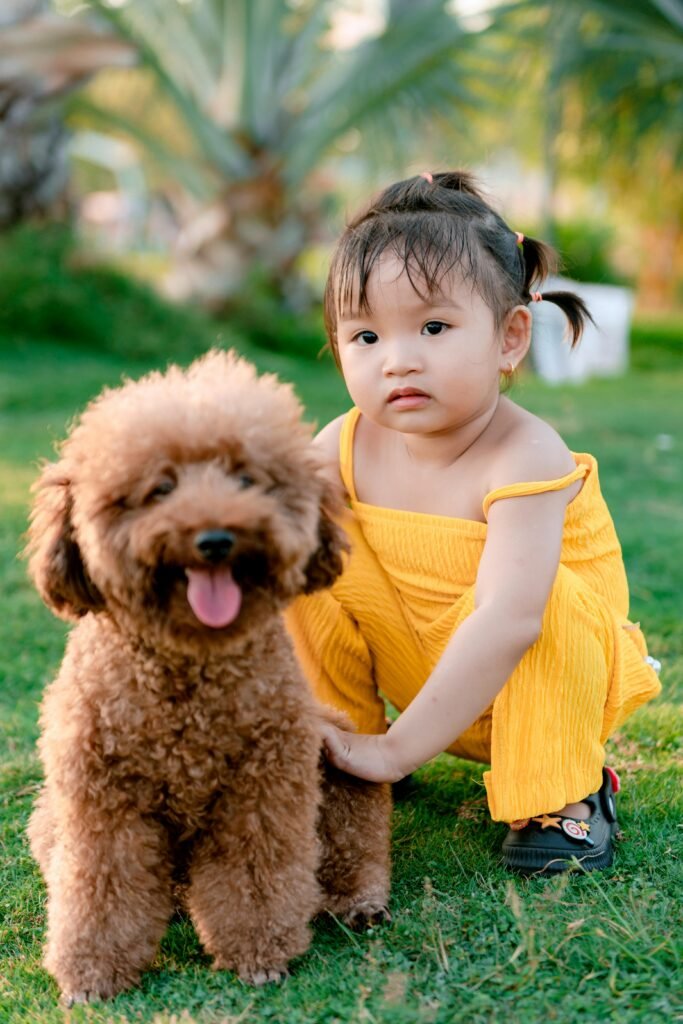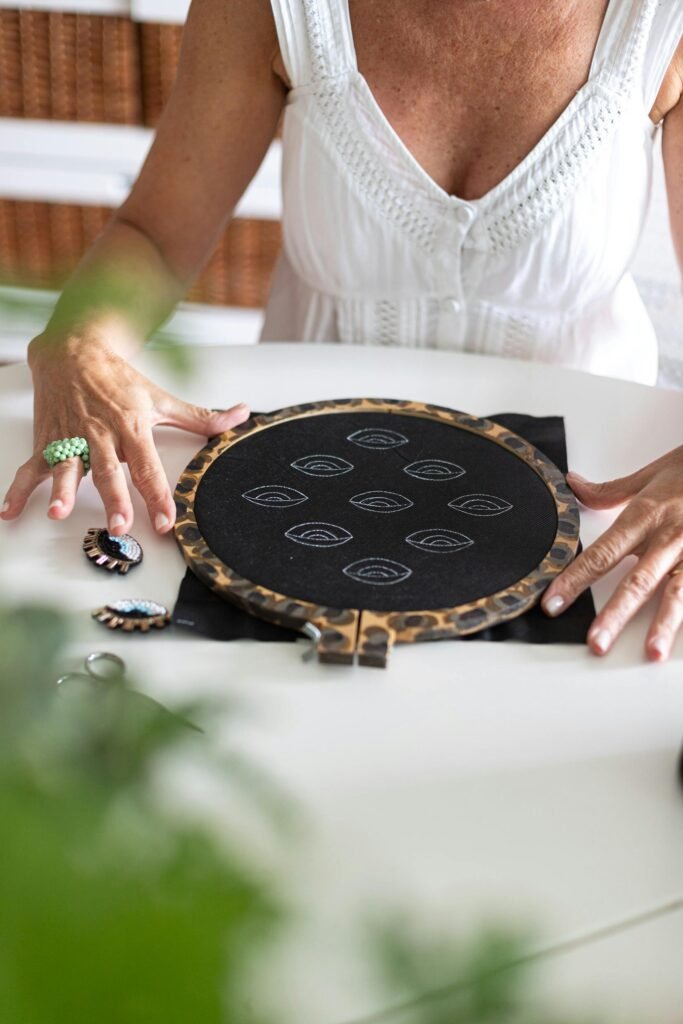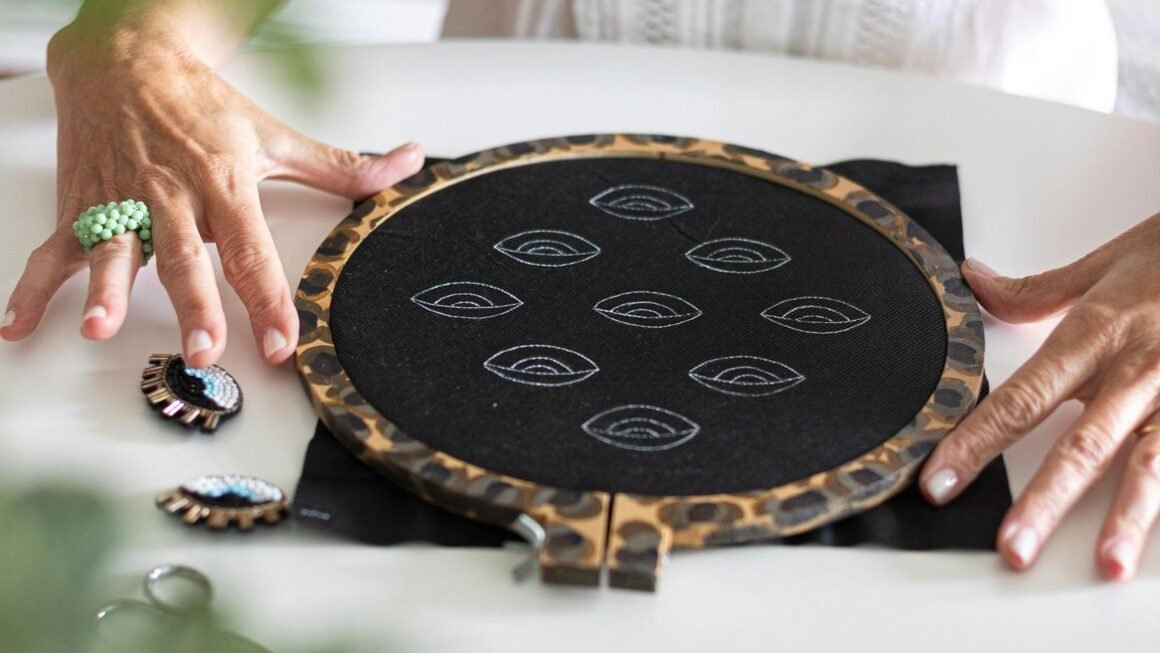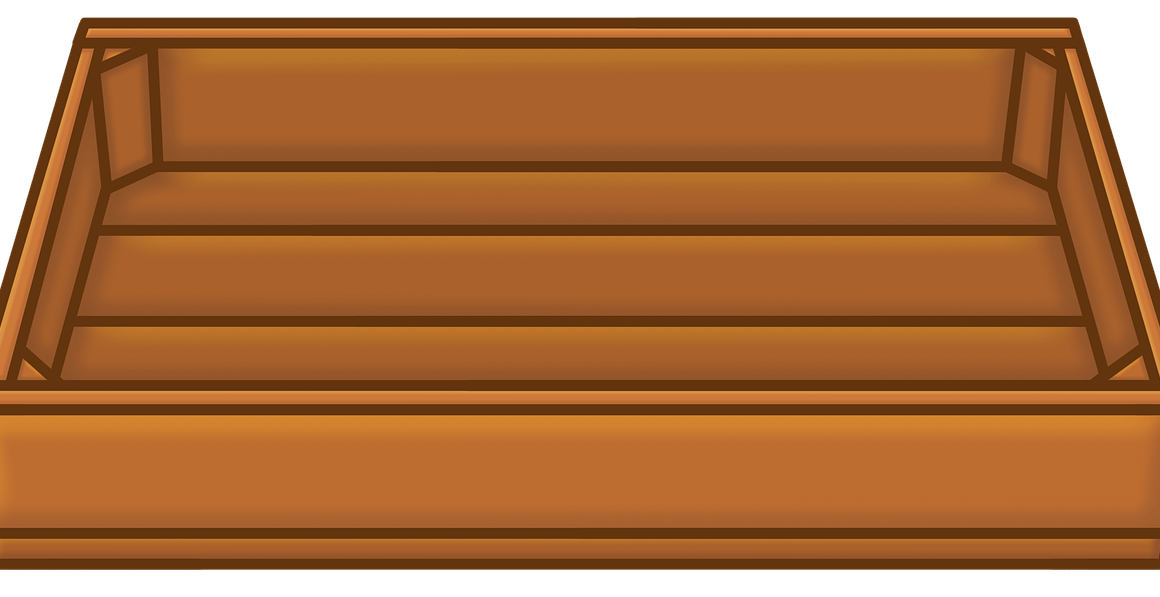Imagine having a dog crate that is not only comfortable for your furry companion, but also easy to keep clean. In this article, we will explore the pros and cons of different easy-to-clean materials for dog crates. Whether you’re a pet owner who wants a hassle-free cleaning experience or someone considering getting a dog crate, this informative piece will provide valuable insights to help you make an informed decision. From durable plastic to convenient metal options, we will examine the benefits and drawbacks of each material, ensuring that you find the perfect fit for your four-legged friend.

This image is property of images.pexels.com.
Plastic
Plastic is a popular material for dog crates due to its durability and long-lasting nature. It can withstand rough handling and is resistant to wear and tear, making it ideal for active dogs. Additionally, plastic crates are non-absorbent and odor-resistant, which means they won’t retain any unpleasant smells or liquids. This makes cleaning a breeze as you can simply wipe down the crate with a damp cloth or use warm soapy water for a more thorough cleaning. Plastic crates are also lightweight, making them easy to transport if you need to move them around the house or take them on trips with your furry friend.
Metal
When it comes to strength and sturdiness, metal dog crates take the prize. They are virtually chew-proof and escape-proof, making them a reliable option for dogs that tend to be a little mischievous or have a strong chewing urge. Metal crates are also known for their excellent ventilation properties as they allow for maximum airflow, providing fresh air and maintaining a comfortable temperature for your dog. However, it’s worth noting that metal crates may not be as easy to clean as plastic ones, as they can develop rust over time if not properly maintained.

This image is property of images.pexels.com.
Fabric
If your primary concern is your dog’s comfort, fabric crates may be the right choice for you. These crates are soft and cozy, providing a comfortable resting place for your furry friend. They are also quite convenient as they are collapsible, making them easy to store or take with you while traveling. However, fabric crates may not be suitable for dogs that chew or scratch frequently, as they are not as durable as other materials. Dogs with such habits may damage the fabric, rendering the crate less effective and potentially creating a safety hazard.
Wire
Wire dog crates offer great visibility for your furry friend, allowing them to observe their surroundings and feel less confined. Their open design also ensures maximum ventilation, keeping your dog cool and comfortable. However, it’s important to note that wire crates may not be as easy to clean as plastic or metal alternatives. The open design can make it harder to reach all corners of the crate, and the wires themselves can trap dirt and hair, requiring more effort to thoroughly clean.

This image is property of images.pexels.com.
Wood
For those looking for a dog crate that seamlessly blends into their home decor, wooden crates are the way to go. They often come in stylish and attractive designs, adding an aesthetic touch to any room. However, it’s important to keep in mind that wood can absorb odors and stains if not properly sealed, potentially making it difficult to maintain a fresh-smelling environment. Wooden crates also require regular maintenance and cleaning to prevent any buildup of bacteria or mold.
Pros of easy-to-clean dog crate materials
Choosing easy-to-clean materials for your dog crate offers several advantages. Firstly, it is incredibly convenient and time-saving. When your dog’s living space can be easily cleaned, it means less time and effort spent on maintenance. Secondly, easy-to-clean materials ensure a hygienic environment for your dog. Regular cleaning can prevent the buildup of bacteria, fungi, and other harmful microorganisms. This promotes the health and well-being of your pet. Finally, easy-to-clean materials reduce the risk of unpleasant odors. By being able to thoroughly clean the crate, you can ensure your dog’s space smells fresh and clean at all times.
Cons of easy-to-clean dog crate materials
While there are numerous benefits to choosing easy-to-clean materials for your dog crate, there are also a few drawbacks to consider. One potential disadvantage is the cost. Easy-to-clean materials such as plastic or metal may be more expensive compared to traditional options like fabric or wood. Additionally, easy-to-clean materials may not provide sufficient insulation in extreme weather conditions. If you live in an area with hot summers or cold winters, you may need to take additional measures to ensure your dog is comfortable in their crate. Lastly, easy-to-clean materials may not be suitable for aggressive chewers. Dogs with a tendency to chew on their surroundings may damage or break these materials, rendering the crate less effective.
Choosing the right material for your dog crate
When choosing the material for your dog crate, it’s important to consider your dog’s behavior and needs. If you have an energetic and active dog, a plastic or metal crate may be the best option due to their durability. On the other hand, if your dog is more laid-back and calm, a fabric or wooden crate could provide the comfort and style they need. It’s also essential to assess the cleaning requirements and maintenance of each material. Consider how often you are willing to clean the crate and choose a material that matches your cleaning routine. Lastly, take into account the climate and environment in which the crate will be placed. Ensure that the chosen material provides suitable insulation and ventilation according to your location.
Tips for cleaning dog crates made from different materials
Cleaning your dog’s crate regularly is crucial to maintain a clean and hygienic environment for your furry friend. Here are some tips for cleaning crates made from different materials:
- Plastic: Use warm soapy water and a mild disinfectant to clean plastic crates. Scrub any stubborn stains or odors with a soft brush or cloth. Rinse the crate thoroughly with clean water and allow it to air dry completely before use.
- Metal: Scrub metal crates with a non-abrasive cleaner using a soft brush or cloth. Rinse the crate thoroughly to remove any residue and let it air dry completely. To prevent rust, consider using a rust-resistant coating or applying a pet-safe sealant.
- Fabric: Check the manufacturer’s instructions for specific cleaning guidelines. Most fabric crates are machine washable, so you can simply remove the cover and wash it according to the instructions. For spot cleaning, use pet-specific cleaners and a soft brush or cloth to gently remove any stains or dirt.
- Wire: For wire crates, use warm soapy water and a soft brush or cloth to clean the wires. Pay attention to hard-to-reach areas and ensure thorough cleaning. Rinse the crate well and let it air dry completely before using it again.
- Wood: Wipe down wooden crates with a damp cloth and mild soapy water. Avoid excessive moisture as it can damage the wood. Regularly apply a pet-safe sealant or varnish to protect the wood and prevent odors and stains from being absorbed.
Conclusion
Choosing easy-to-clean materials for your dog crate offers convenience, hygiene, and a clean living environment for your furry friend. Plastic, metal, fabric, wire, and wood all have their unique qualities and drawbacks, so it’s important to consider your dog’s behavior and needs before making a decision. Assess the cleaning requirements and maintenance of each material, and take into account the climate and environment in which the crate will be placed. By finding the right material that suits your dog and your lifestyle, you can ensure a comfortable and clean space for your beloved pet.



